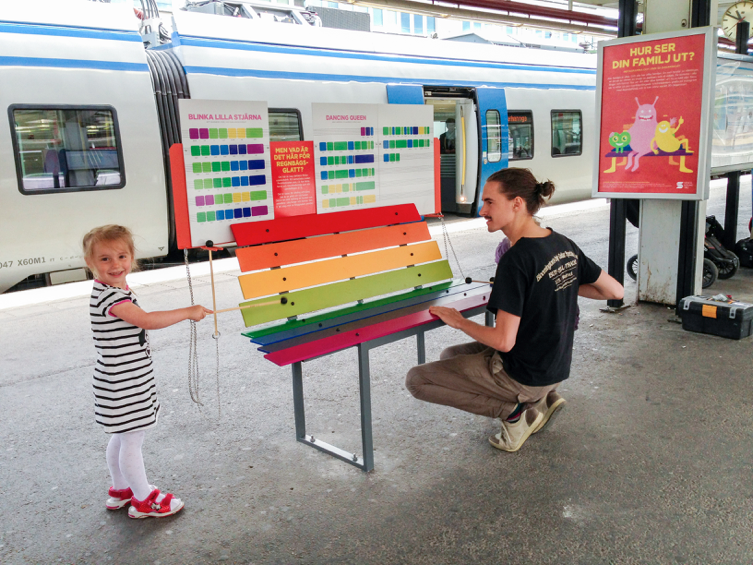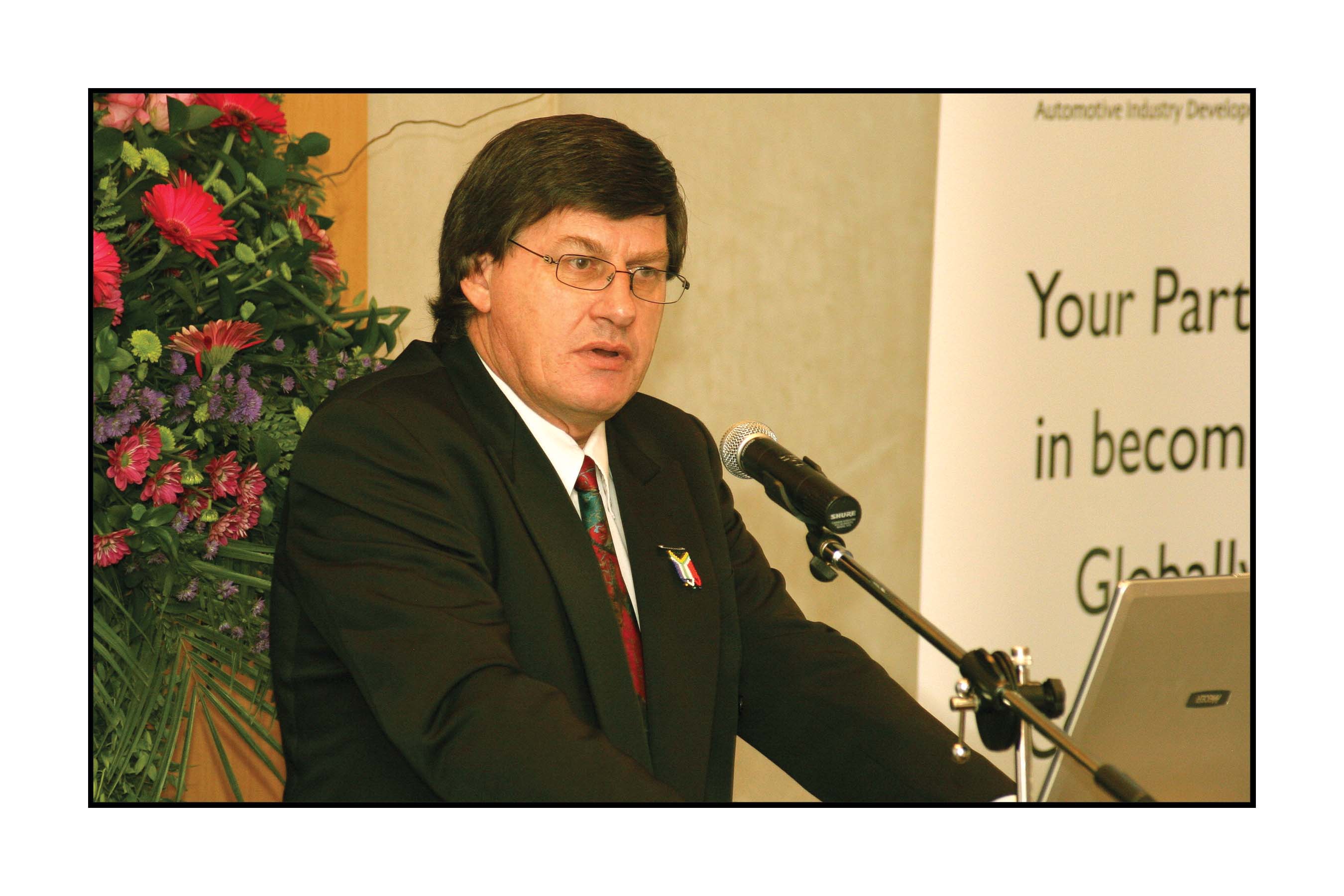
David Crawford looks into the near-term future for Stockholm’s rail commuters.
Swedish rail operator
An app for passenger use based on the new service has been in live testing since October 2015 with, according to the operator, favourable results. The public launch is scheduled for early 2016.
Previously, the Stockholmståg control centre has analysed the causes of delays reactively as they occurred, and then take what appears at the time to be the best available course of action. Now, staff can use the Pendelprognosen database to simulate in advance the options available for responding to the delay to make better-informed decisions.
The system, which began operating in autumn 2015, originates from a proposal by Swedish marketing and brand strategy consultants Kärnhuset, which has been working with Stockholmståg for five years. The basis of the system is a mathematical algorithm to generate early forecasts developed by data scientist Wilhelm Landerholm.
The idea, Kärnhuset founding partner Jonas Järnfeldt told ITS International, sprang from an open-ended discussion with Landerholm “to see if we could find ways of working together. The meeting led to the thought that the real-time data constantly being generated by commuter trains in service could be used to make advanced forecasts that could be updated approximately every minute.”
For the operator, being better prepared to manage and respond to delays offers passengers the assurance of a more reliable service. Says Stockholmståg communications director Mikael Lindskog: “We have built a prediction model, using big data, which lets us visualise the state of the entire commuter train network up to two hours into the future. The result is the continuously updated forecasting of both potential delays that will affect the performance of the system as a whole, and of the way in which these will affect the running of other services.
“Since we can now forecast disruptions much earlier, our control centre can act in time to prevent the ripple effects of an initial late-running train that are, in practice, the cause of most delays. These can arise from subsequent services being delayed in turn to accommodate, for example, changed platform arrival availability.”
Landerholm compares the operation to that of a seismograph monitoring earthquake activity in search of significant peaks. In his system, the peaks represent a train that is in danger of pulling into a station later than scheduled.
Now, he says, if the model predicts a 15-minute delay at a given station in 45 minutes’ time, unless remedial action is taken, the operations centre will have enough notice to deal proactively with the problem. “It can in practical terms prevent the delay from occurring, and then replace the warning prediction with a fresh forecast within minutes.”
Available responses include inserting an additional train into the schedule at an appropriate point so a service will arrive at the expected time.
To create the databank the Pendelprognosen model automatically records the movement, in real time, of each train in service as it runs through the entire Stockholm network.
It also collates data generated by the
The model can then match this with historic data, built up from the records of actual arrival and departure time of every Stockholmståg train. It can, for example, identify a similar or identical previous occurrence to see how that impacted on the wider network, and use this to inform decision-making on remedial action this time round.
Says Lindskog: “Our travellers are very time sensitive, and early warnings about delays can make a real difference to their journey planning. If a parent who takes the train to pick up their children receives information about a delay two hours before it happens, they can rearrange their schedule to make it work.”
There is also a clear financial benefit for the agency in protecting an important additional revenue stream which is based on the passenger satisfaction ratings.
To gauge how Stockholm’s commuters see their train service, over the last three years Kärnhuset has interviewed up to 100 people a week and analysed their responses. Processing the results has identified the main drivers of satisfaction and enabled measurement of the effects on passengers’ satisfaction levels of enhancements such as infrastructure upgrades, improved travel information or better train cleaning schedules.
The approach quantifies changes in passengers’ reactions by using the net promoter score method, which measures responses to ‘how likely would you recommend...?’-type questions asked before and after changes are made.
Kärnhuset stresses the value of marketing strategies based on emotional communication. Järnfeldt told ITS International: “Our clients hire us because it is rational for them to want to invest in this approach. People’s behaviour is controlled mainly by their emotions.
“By exposing commuters to experiences that trigger emotional reactions, we can observe the significance of increases in, for example, how clean or timely they perceive their trains as being.
“Our finding is that when consumer satisfaction exceeds 70% there is a clear halo effect”. This is where people’s perceptions of one such aspect of an organisation’s performance (positive or negative) can affect how they rate all other aspects.
For passengers, of course, there is nothing new about real-time apps keeping them updated about public transport travel performance and problems. Typically, however, by the time that the information reaches travellers, it is too late for the individual to use an alternative route to avoid being delayed. Social media also plays a major supporting role in communicating with travellers.
One refinement already in operation on Stockholmståg’s website, and due for later inclusion in the app, draws on real-time data about the weight of each train in service. Crowded ones are heavier, travel more slowly and take longer to load and unload at stations, with implications for service levels.
For passengers who are in good time, if they know a subsequent train is less busy they may prefer to wait. In the longer term the operator can use the information when reviewing its schedules.
Kärnhuset has worked with system integrator Integrationsbolaget on creating Pendelprognosen, and with specialist back-end developer Johan Nilsson on delivering the API for apps.
Says Lindskog: “This is the next generation forecasting tool for the commuter rail sector. It may be designed for trains in Stockholm, but it could ultimately revolutionise traffic planning in public transport worldwide”. Landerholm sees the system as being potentially applicable to any rail network with timetabled services where detailed real-time data is available.
%$Linker:
Other initiatives developed by Kärnhuset to create positive feelings about Stockholmståg (which Kärnhuset describes as “a very brave client”) include making the uniforms of on-train staff match the seat upholstery. It has also written a song for a band to perform in transit using their smartphones, installed brighter station furniture and bringing in children from local schools to name individual trains.










